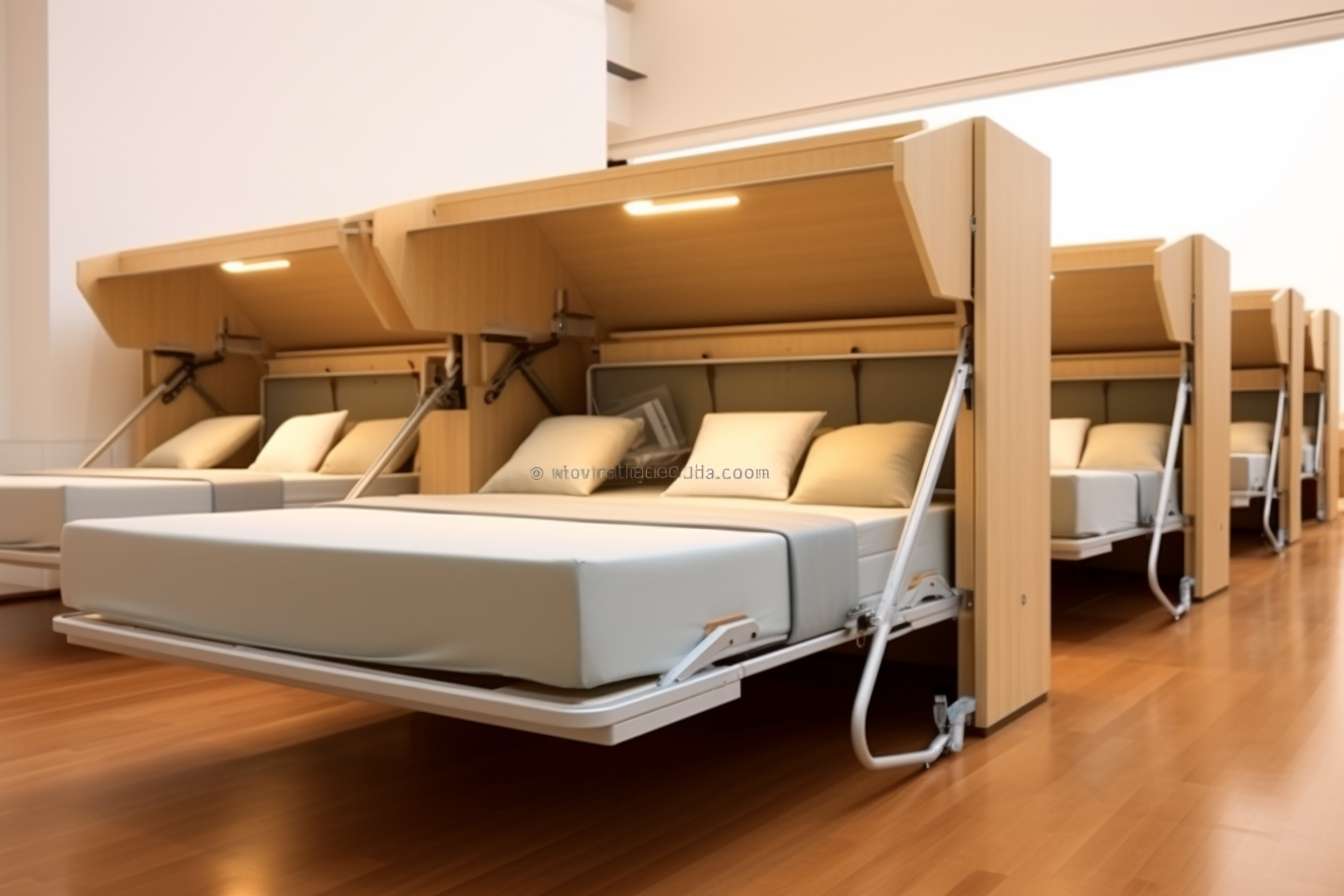Prefabricated Homes for Seniors: A Practical Housing Solution
Prefabricated homes are transforming retirement living across Canada, offering seniors a practical alternative to traditional housing. These factory-built residences combine modern construction techniques with thoughtful design elements that address the unique needs of older adults. From reduced construction timelines to lower ongoing maintenance requirements, prefab homes present compelling advantages for those entering their retirement years.

As Canada’s senior population continues to grow, housing options that balance affordability, accessibility, and quality of life have become increasingly important. Prefabricated homes—structures built in sections at manufacturing facilities and assembled on-site—have emerged as a viable solution for retirees seeking comfortable, manageable living spaces. These homes offer a range of benefits specifically suited to the lifestyle and financial considerations of older adults.
What Makes Prefab Homes Suitable for Senior Living?
Customizable and accessible designs for senior living represent one of the most significant advantages of prefabricated construction. Modern prefab manufacturers offer floor plans that can be modified to include wider doorways for wheelchair access, zero-threshold entries that eliminate tripping hazards, and single-level layouts that remove the need for stairs. Bathrooms can be equipped with walk-in showers, grab bars, and non-slip flooring from the outset. Kitchens can feature lower countertops, pull-out shelving, and accessible storage solutions. This level of customization allows seniors to create living environments that accommodate current mobility levels while anticipating future needs, all without the extensive renovations typically required in traditional homes.
How Do Prefab Homes Reduce Maintenance Burdens?
Low maintenance and durable housing for seniors addresses a primary concern for retirees who wish to minimize the physical demands and costs associated with home upkeep. Prefabricated homes are constructed with quality-controlled materials in climate-controlled factory settings, which often results in superior build quality compared to site-built alternatives. Many manufacturers use composite materials, vinyl siding, and metal roofing that resist weathering and require minimal upkeep. Factory precision reduces the likelihood of structural issues, air leaks, and moisture problems that plague older homes. For seniors on fixed incomes or with limited physical capacity, the reduced need for repairs, painting, and seasonal maintenance translates to both financial savings and peace of mind.
Can Prefab Homes Lower Living Costs for Retirees?
Energy-efficient prefab homes save seniors money through reduced utility expenses, which is particularly relevant given rising energy costs across Canada. Modern prefabricated construction incorporates advanced insulation systems, energy-efficient windows, and sealed building envelopes that minimize heat loss during harsh Canadian winters. Many models include high-efficiency HVAC systems, LED lighting, and ENERGY STAR-rated appliances as standard features. The controlled factory environment allows for precise installation of insulation and vapor barriers, eliminating gaps that cause energy waste in traditional construction. Seniors living on retirement incomes often find that monthly utility savings of 30 to 50 percent compared to older homes make a substantial difference in their budgets, freeing resources for healthcare, travel, or family activities.
What Are the Financial Considerations?
Financial benefits of prefab homes for retirement extend beyond energy savings to encompass the entire cost structure of homeownership. The streamlined manufacturing process typically results in lower overall construction costs compared to traditional building methods. Reduced construction timelines mean shorter financing periods and faster occupancy, which can eliminate months of rent or temporary housing expenses. Property taxes may be lower depending on local assessments, and insurance costs are often competitive due to the durability and modern construction standards of prefab homes.
| Home Type | Average Cost Range (CAD) | Typical Monthly Utilities | Maintenance Cost (Annual) |
|---|---|---|---|
| Small Prefab Home (600-900 sq ft) | $150,000 - $250,000 | $120 - $180 | $800 - $1,500 |
| Medium Prefab Home (900-1,200 sq ft) | $250,000 - $350,000 | $150 - $220 | $1,200 - $2,000 |
| Traditional Site-Built Home (900-1,200 sq ft) | $300,000 - $450,000 | $200 - $300 | $2,000 - $3,500 |
| Modular Senior Community Unit | $180,000 - $280,000 | $100 - $160 | $600 - $1,200 |
Prices, rates, or cost estimates mentioned in this article are based on the latest available information but may change over time. Independent research is advised before making financial decisions.
Does Prefab Living Support Social Engagement?
Vibrant community living and social opportunities for seniors often accompany prefabricated housing developments designed specifically for older adults. Many prefab home communities in Canada are planned with shared amenities such as clubhouses, walking paths, gardens, and recreational facilities that encourage interaction among residents. The compact, efficient nature of prefab construction makes it economically feasible to develop age-friendly communities with services like transportation assistance, wellness programs, and organized social activities. For seniors concerned about isolation—a significant health risk in older populations—these community-oriented developments provide built-in opportunities for friendship, mutual support, and active engagement. The combination of independent living in a personalized home with access to community resources represents an attractive middle ground between traditional homeownership and assisted living facilities.
What Should Seniors Consider Before Choosing Prefab?
Before committing to a prefabricated home, seniors should research local zoning regulations, as some municipalities have restrictions on manufactured housing. It is important to distinguish between modular homes, which meet the same building codes as site-built homes, and mobile homes, which follow different standards. Financing options should be explored early, as some lenders have specific requirements for prefab properties. Prospective buyers should visit completed homes, speak with current residents, and carefully review manufacturer warranties and service agreements. Working with experienced contractors familiar with prefab installation ensures proper foundation preparation and utility connections. Despite these considerations, many Canadian seniors find that prefabricated homes offer an optimal combination of affordability, functionality, and quality that supports comfortable, independent retirement living.
Prefabricated homes represent a forward-thinking housing solution that addresses the practical, financial, and social needs of Canada’s aging population. Through customizable designs, reduced maintenance demands, energy efficiency, and community-oriented developments, these homes enable seniors to maintain independence while managing costs and enjoying quality of life throughout their retirement years.




